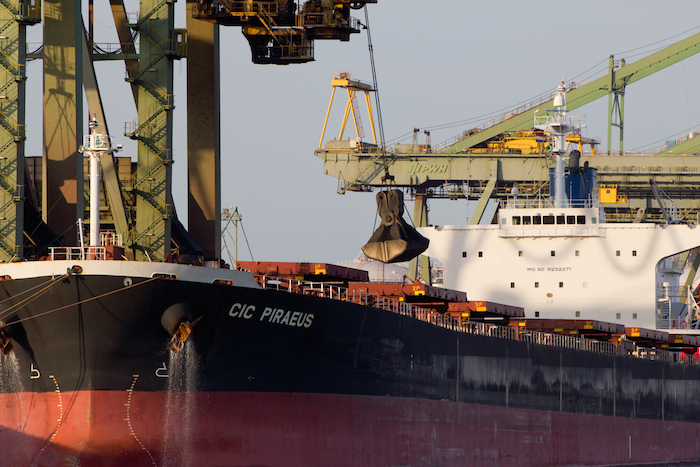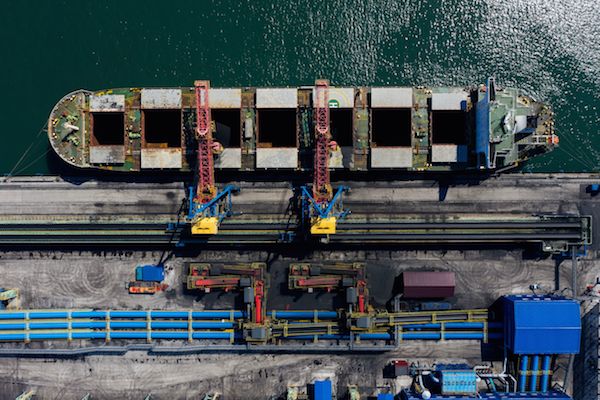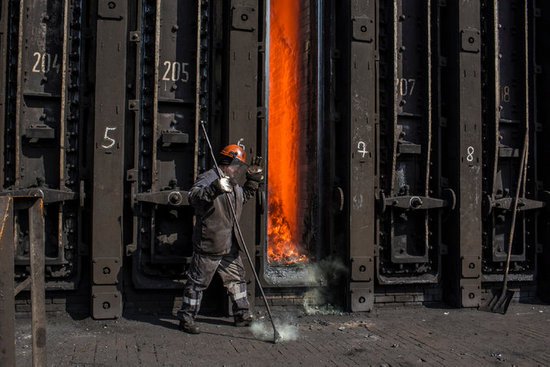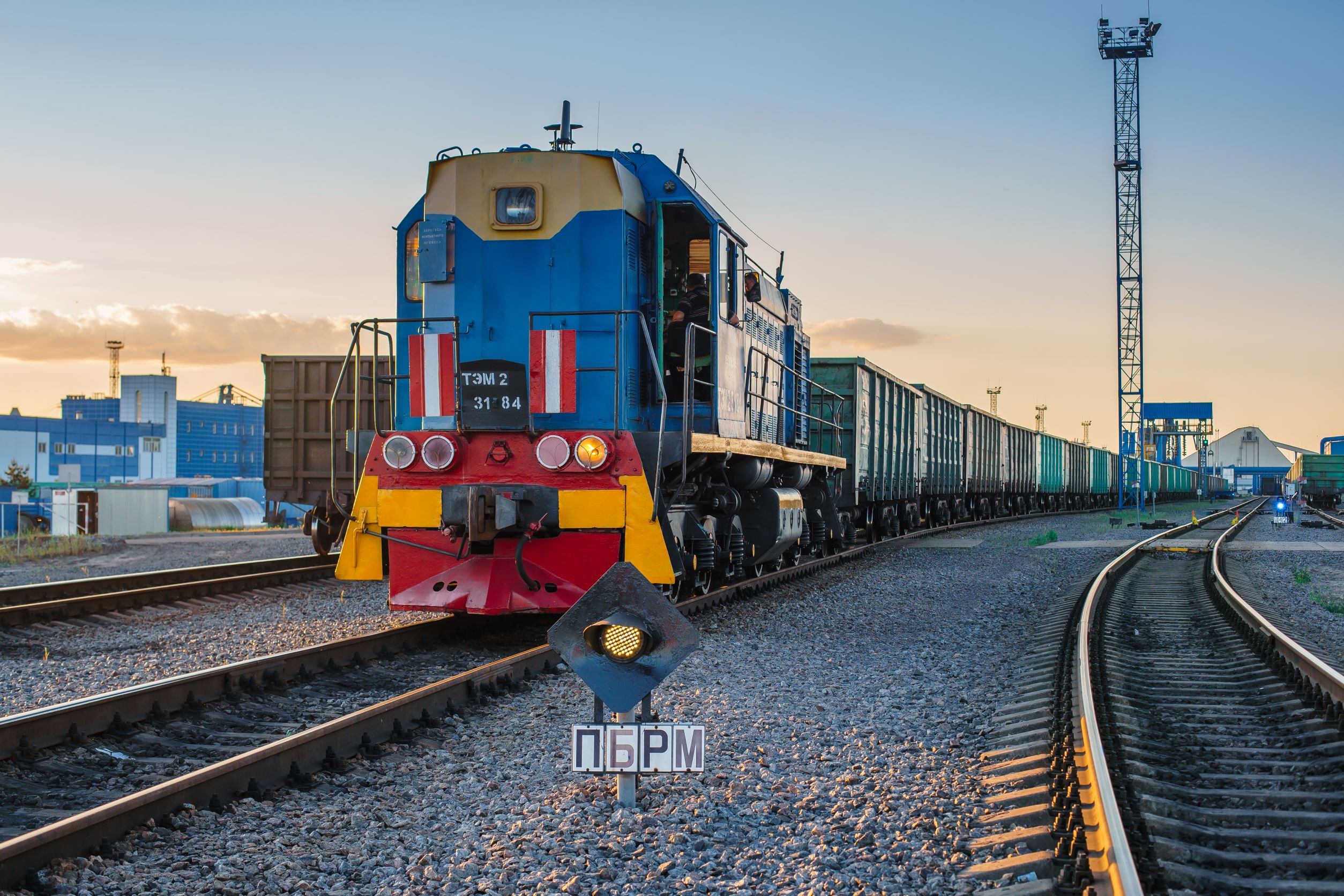

Over the past week, thermal coal prices in Europe soared to over 66 USD/t amid the growth of natural gas indices in EU, the reduction in ARA coal reserves and limited export supplies to the European market. New US sanctions against the Nord stream 2 project, as well as seasonal gas demand in the European countries supported TTF gas quotes to 17.391 EUR/MWh (+2.305 EUR/MWh or +15.2% to Dec 01, 2020).
Coal reserves at ARA terminals fell to a 2-year low of 5.0 mio t (-0.57 mio or -10.1% to November 23, 2020) due to a partial diversion of coal supplies from European to Asian market amid growing Chinese demand for material of non-Australian origin.
The reduction in Colombian coal supplies in 2020 contributes to a spike in coal prices in the EU. The strike of Cerrejon workers and the suspension of production at Prodeco mines lowered the export of thermal coal from Colombia in 2020 to 52.6 mio t (-23.mio t or -31% compared to 2019). However, the EU carbon prices, touching record highs at 31.79 EUR/t (+2.86 EUR/t or +10.1% to Dec 01, 2020) may limit further indices growth.
Heightened bidding activity of Chinese and Indian traders, seeking South African material in January 2021, as well as the limited supplies of coal over the railway line to the port of Richards Bay strengthened South African coal quotes.
Due to the problems with locomotives in December the operator Transnet reduced the weekly volume of coal transportation to the port to 1.35 mio t (-0.40 mio t or -23% to the average value for 2019). In addition, from 9 to 18 January 2021, Transnet will conduct annual maintenance of railway lines. Coal reserves at Richards Bay port terminals decreased to 3.1 mio t (-0.70 mio t to November 23, 2020).
According to forecasts of the Ministry of mineral resources of South Africa, the country’s coal industry will fully recover from the pandemic in 2021. The main factors, spurring the recovery, may be the growing demand for imported coal in Asia due to China’s ban on Australian coal, as well as the weakening South African rand compared to the dollar.
The beginning of the heating season contributes to the growth of demand for Australian material in a number of Asian countries and supports the indices.
China’s national development and reform Commission said that despite rising demand of the industrial enterprises for electricity and the risk of a shortage of thermal coal after introduction a ban on the Australian material, China has sufficient coal reserves for the winter. However, the provinces of Guangdong, Hunan, Zhejiang and Jiangxi have already begun to restrict the supply of electricity to industrial companies.
According to the report on the development of energy industry of China in 2021-2025, prepared by the Chinese electricity Council, by 2025, with the projected annual growth of 5%, the demand for electricity in the country will reach 9500 TW. The country’s installed energy capacity is projected to reach 2950 GW by 2025. In 2019, China’s installed energy capacity was 2011 GW.
On November 23, 2020, the Chinese government called on local railway operators Guangzhou Railway Corp. and Inner Mongolia Railway Corp. to ensure unhindered transportation of thermal coal in the country to mitigate the risks of material shortage.
The demand of Chinese generating companies for Indonesian material ahead of the winter season strengthened the price of Indonesian coal. Apart from that, heavy rains in Indonesia limit coal extraction, impacting indices positively as well.
Australian coking coal indices inched higher amid temporary suspension of coking coal supplies from Mongolia to China due to quarantine restrictions, growth in demand for steel from industrial companies in a number of countries in the Asia-Pacific region, as well as news on the closure of several Glencore’s metallurgical mines in New South Wales (Australia) and Queensland (Australia).
Steel production by 64 states-members of the World steel association in November 2020 amounted to 158.3 mio t, which is 6.6% more than in October 2020. In November 2020 steel mills in China produced 87.7 mio t of steel, which is 8% more than in October 2020.
Source: CAA Analytics
Follow on Twitter:
[tfws username=”CAA_Analytics” height=”700″ width=”350″ theme=”light” color=”#FAB81E” tweets=”2″ header=”yes” footer=”yes” borders=”yes” scrollbar=”yes” background=”yes”]













